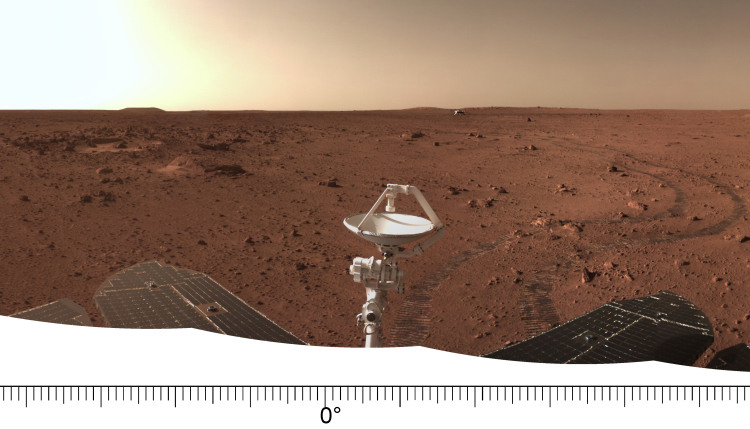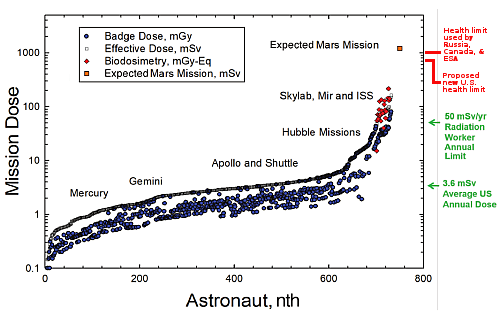Russia: Progress freighter and SpaceX rocket/satellite to have near miss
According to a Russia news outlet, their just launched Progress freighter will have a near miss today prior to its docking with ISS with two SpaceX objects, a Falcon 9 upper stage and a decommissioned Starlink satellite.
The Progress spacecraft, which carries about 3,600 lbs. (1,633 kilograms) of cargo including food, fuel and other supplies to the orbital outpost, launched from Roscomos’ Baikonur cosmodrome in Kazakhstan at 7:27 p.m. EDT (2327 GMT) on Tuesday (June 29). Progress 78 will approach the two objects about three and a half hours before its docking at the International Space Station, which is scheduled for 9:02 p.m. EDT on July 1 (0102 July 2 GMT).
The close approach, which triggered a potential collision alert, was detected by the Roscosmos TsNIIMash Main Information and Analytical Center of the Automated System for Warning of Hazardous Situations in Near-Earth Space (ASPOS OKP), Roscosmos said in the statement issued on the space agency’s website Wednesday (June 30) at 7:47 a.m. EDT (1147 GMT).
Based on preliminary calculations, the Starlink 1691 satellite will be just 0.9 miles (1.5 kilometers) away from Progress 78 on Thursday (July 1) at 5:32 p.m. EDT (2132 GMT). Three minutes later, a fragment of a Falcon 9 rocket booster left in orbit in 2020 is expected to approach the spaceship within 0.3 miles (500 meters).
Based on that timetable, the near miss has already occurred. No word yet on whether there were any issues.
What is interesting is that Russia should have known this prior to launch. It is routine procedure to consider known orbital objects in scheduling liftoffs. Either they knew and decided to purposely fly this close for political reasons (it allows them to slam SpaceX while also touting the dangers of space junk) or had not done their due diligence before launch.
According to a Russia news outlet, their just launched Progress freighter will have a near miss today prior to its docking with ISS with two SpaceX objects, a Falcon 9 upper stage and a decommissioned Starlink satellite.
The Progress spacecraft, which carries about 3,600 lbs. (1,633 kilograms) of cargo including food, fuel and other supplies to the orbital outpost, launched from Roscomos’ Baikonur cosmodrome in Kazakhstan at 7:27 p.m. EDT (2327 GMT) on Tuesday (June 29). Progress 78 will approach the two objects about three and a half hours before its docking at the International Space Station, which is scheduled for 9:02 p.m. EDT on July 1 (0102 July 2 GMT).
The close approach, which triggered a potential collision alert, was detected by the Roscosmos TsNIIMash Main Information and Analytical Center of the Automated System for Warning of Hazardous Situations in Near-Earth Space (ASPOS OKP), Roscosmos said in the statement issued on the space agency’s website Wednesday (June 30) at 7:47 a.m. EDT (1147 GMT).
Based on preliminary calculations, the Starlink 1691 satellite will be just 0.9 miles (1.5 kilometers) away from Progress 78 on Thursday (July 1) at 5:32 p.m. EDT (2132 GMT). Three minutes later, a fragment of a Falcon 9 rocket booster left in orbit in 2020 is expected to approach the spaceship within 0.3 miles (500 meters).
Based on that timetable, the near miss has already occurred. No word yet on whether there were any issues.
What is interesting is that Russia should have known this prior to launch. It is routine procedure to consider known orbital objects in scheduling liftoffs. Either they knew and decided to purposely fly this close for political reasons (it allows them to slam SpaceX while also touting the dangers of space junk) or had not done their due diligence before launch.







